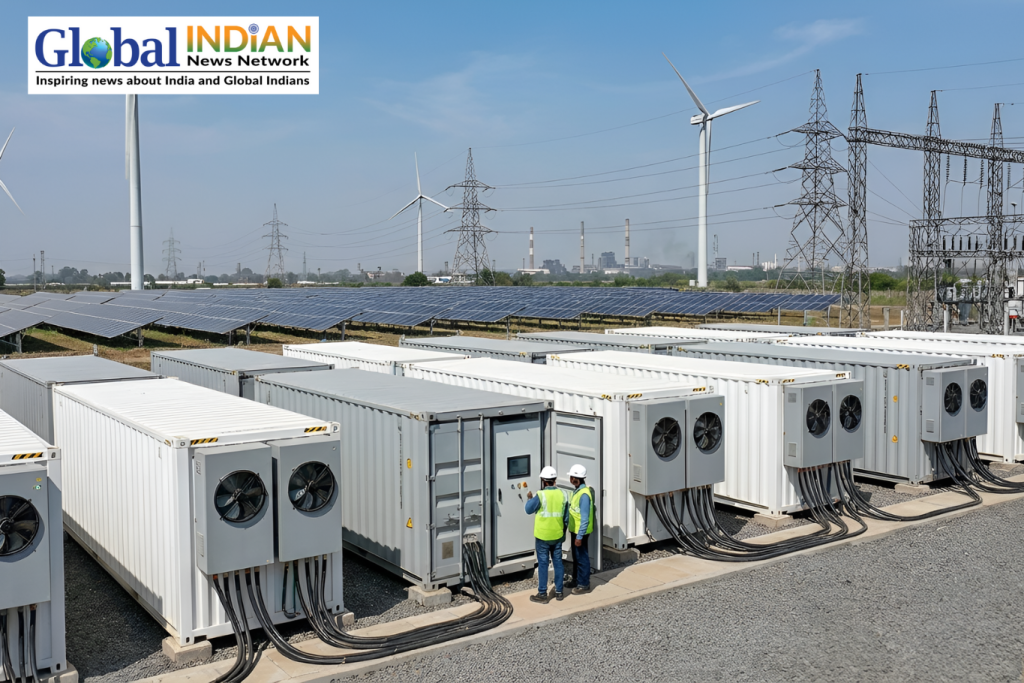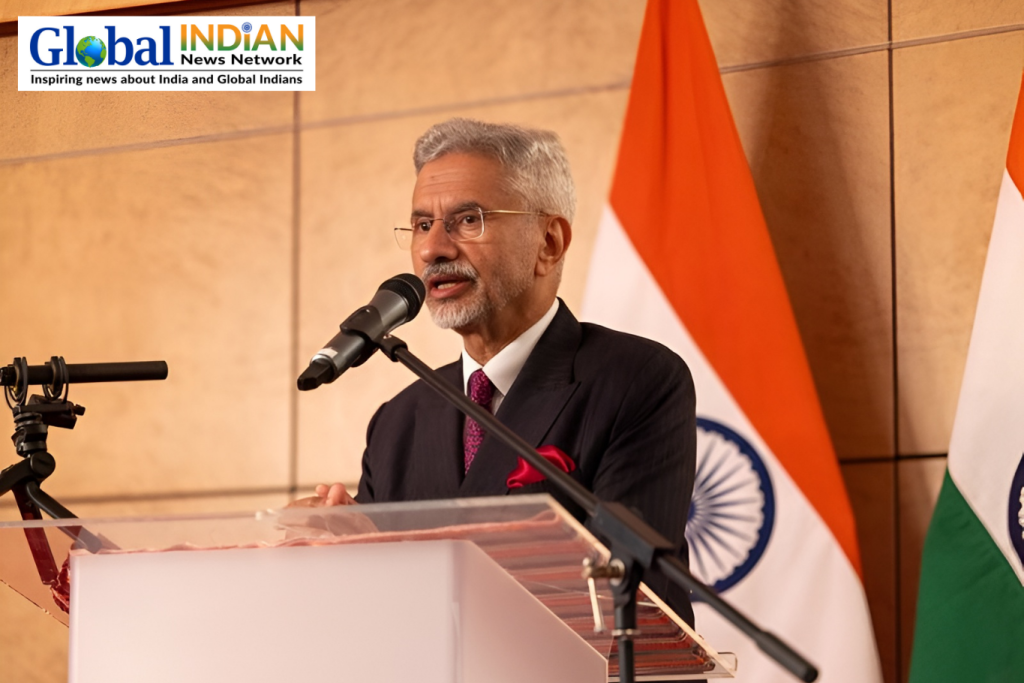
The Indian economy continues to expand at a robust pace despite difficult global circumstances, according to the World Bank’s latest India Development Update: India’s Trade Opportunities in a Changing Global Context. However, in order to achieve its ambitious goal of $1 trillion in merchandise exports by 2030, India must diversify its export basket and integrate more deeply into global value chains.
The India Development Update (IDU) notes that India has maintained its position as the fastest-growing major economy, with an impressive growth rate of 8.2% in FY 2023-24. Significant public investment in infrastructure and an increase in household real estate investment drove this growth. Strong performance in the manufacturing sector, which saw a 9.9% increase, and a resilient services sector, which helped offset underperformance in agriculture, supported the growth on the supply side. These positive trends contributed to an improvement in urban unemployment rates, particularly for female workers, with female urban unemployment dropping to 8.5% in early FY 2024–25. However, youth unemployment in urban areas remained relatively high at 17%.
Additionally, with the narrowing of the current account deficit and strong inflows of foreign portfolio investments, India’s foreign exchange reserves reached a record $670.1 billion in early August, providing more than 11 months of import cover, based on FY 2023-24 import levels.
Despite challenging external conditions, the World Bank’s outlook for India’s medium-term prospects remains optimistic. The World Bank projects growth to reach 7% in FY 2024-25 and maintain robust growth through FY 2025-26 and FY 2026-27. We expect India’s debt-to-GDP ratio to decrease from 83.9% in FY 2023-24 to 82% by FY 2026-27 due to strong revenue growth and further fiscal consolidation. We forecast the current account deficit to remain between 1% and 1.6% of GDP during this period.
The IDU underscores the importance of trade in driving growth. The global trade environment has seen rising protectionism in recent years, and the post-pandemic restructuring of global value chains has presented new opportunities for India. The report highlights that India has improved its competitiveness by implementing the National Logistics Policy and digital initiatives that have helped reduce trade costs. However, it also cautions that increasing tariff and non-tariff barriers may limit the scope for trade-focused investments.
“India’s strong growth prospects, coupled with decreasing inflation, will contribute to reducing extreme poverty,” said Auguste Tano Kouame, the World Bank’s Country Director in India. “India can further enhance its growth by tapping into its global trade potential. In addition to excelling in IT, business services, and pharmaceuticals, India can expand its export base by boosting exports in textiles, apparel, and footwear, as well as electronics and green technology products.”
To achieve its $1 trillion merchandise export target, the IDU recommends a three-pronged strategy: further reducing trade costs, lowering trade barriers, and deepening trade integration.










